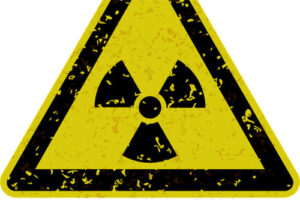10 Surprising Specialty Products That Defy Expectations
There’s something oddly fascinating about the things we choose to splurge on. Most of us spend our days clipping digital coupons, browsing deals, or holding off until payday. But then—without much hesitation—we’ll drop serious cash on that one product we just can’t compromise on. Maybe it’s a luxury coffee bean that promises rainforest sustainability, or a pair of shoes crafted by hand in a tiny Italian workshop. Sometimes, it’s about taste or comfort, other times it’s about ethics—like knowing your purchase didn’t hurt the planet or exploit workers.
And yet, here’s where it gets a little mind-bending. What if that high-end item you treasure isn’t quite what it claims to be? Not in a “scam” kind of way—no one’s outright lying to you—but in a way where clever marketing dances on the edge of truth. This happens more than you think. Behind the sleek packaging and heartfelt brand story, some “premium” products aren’t much different from their budget cousins.
Take organic food, for example. You might assume it’s always healthier or more ethical—sometimes it is, but not always (source). Or consider luxury skincare: Many upscale creams share formulas with cheaper versions, differentiated only by fragrance or branding. And then there’s gourmet chocolate—some of the fanciest bars out there come from the same bulk suppliers as supermarket brands (example).
It’s not about calling everything a fraud. It’s about knowing what you’re paying for. That doesn’t mean you shouldn’t indulge in quality. Sometimes, paying more is worth it—for craftsmanship, peace of mind, or pure enjoyment. But in a world where marketing is part art, part psychology, part illusion… it’s worth scratching beneath the surface.
10. Is Your Fair Trade Coffee Really Fair? Not Exactly
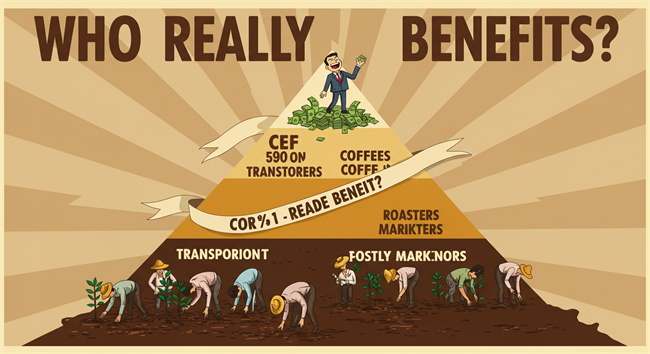
Every morning, millions of us ritualistically reach for that sacred cup of coffee. Whether it’s home-brewed in a quiet kitchen or grabbed on the way to work from a busy café, coffee isn’t just a drink—it’s a global habit. And let’s be honest, many of us not only crave the caffeine but also the comfort of feeling like we’re doing something good when we choose that Fair Trade label.
After all, it sounds noble, doesn’t it? Spend a few extra dollars and help support coffee farmers in developing countries—what could possibly be wrong with that?
Well, quite a bit, actually.
What most consumers don’t realize is that Fair Trade Coffee, despite its feel-good branding, is often more beneficial to the corporations selling it than to the actual farmers growing it. The concept sounds ethical in theory—pay growers a minimum price for their crops to protect them from market volatility. But in practice? The numbers paint a different picture.
Right now, the Fair Trade premium guarantees farmers just $1.40 per pound of coffee (Fair Trade pricing data). That might sound like a win—until you realize how little that is compared to what companies charge for a cup. When a single bag of “ethically sourced” beans gets marked up to $15 or more, and only a fraction of that goes back to the growers, the word “fair” starts to feel… ironic.
Even worse, that $1.40 is only slightly better than what many farmers would get in the open market. Some receive as little as $0.90 per pound for non-Fair Trade coffee. So yes, Fair Trade might offer a bump—but it’s a small bump on an already broken system. The farmers still struggle, while the companies enjoy glowing PR and loyal, guilt-free consumers.
And here’s the kicker: participating in Fair Trade often requires expensive certification fees, bureaucracy, and compliance standards that small-scale farmers can barely afford. In some cases, it’s actually harder for the most vulnerable growers to qualify for the very programs designed to help them.
9. The Shocking Truth: Your 100% Fresh – Squeezed Florida Orange Juice Is a Zombified Abomination
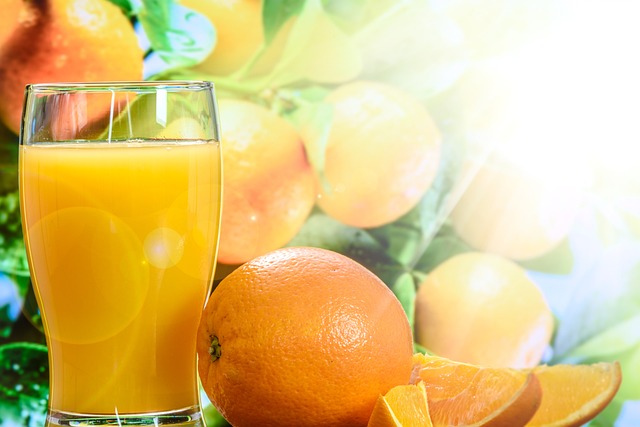
When it comes to popular beverages in the United States, orange juice undoubtedly holds a prominent place. Countless folks have made it a staple part of their breakfast routine. In fact, it’s so ingrained in our morning culture that most hotels simply can’t fathom offering breakfast without it. The majority of orange juice on the market is proudly labeled as “100% fresh – squeezed Florida orange juice.” For many of us, this label brings a sense of comfort, suggesting that we’re getting a fresh, natural product that’s not only good for us but also reasonably priced and exactly what it claims to be.
However, the reality is far from the idyllic picture painted by the label. If you were to uncover the truth, you’d be in for a shock. The truth is that a significant amount of orange juice isn’t as “fresh” as you might think. In order to ensure a constant supply of product to meet the ever – growing demand, many companies store orange juice in large vats for an astonishingly long time – up to a year!
Storing the juice for such extended periods presents a major challenge: how to keep it “fresh.” To tackle this, companies remove all the extra air from the vats. While this might seem like a logical step to preserve the juice, it has a downside. The process of de – aerating the juice robs it of its natural taste and essential nutrients. After all, the freshness and flavor of orange juice are in large part due to the presence of oxygen and the various compounds that interact with it.
They add something known as a “flavor pack.” Now, this isn’t exactly common knowledge. A flavor pack is a concoction that’s engineered to restore the lost taste and aroma of the juice. From a strictly technical perspective, the liquid you’re sipping might still contain orange juice as its base, but it’s been so heavily processed and altered that it’s essentially a different product altogether.
This revelation might make you think twice the next time you pour yourself a glass of what you assume to be pure, fresh orange juice. You can read more about the secrets of the food industry on websites like Food Babe, The Truth About Food, and Eat This, Not That!. These platforms often dig deep into the hidden aspects of what we consume and can offer valuable insights.
8. Is Panera’s Food Really That Fresh? Here’s What Might Surprise You
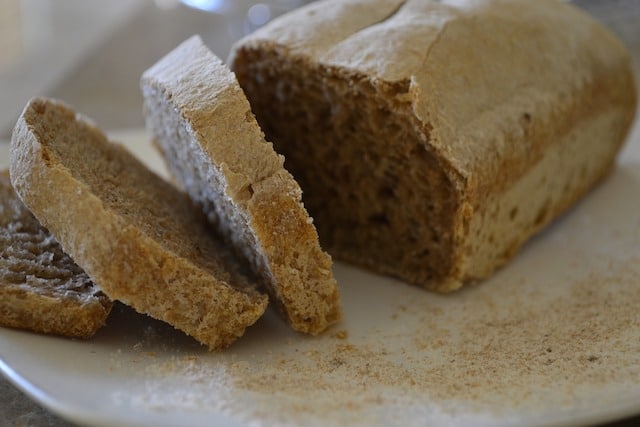
At first glance, Panera Bread feels like a cozy haven for health-conscious eaters. The brand has built its image around wholesome ingredients, rustic loaves of bread, and those cozy bowls of soup that practically radiate wellness. For many, it’s a place where you can pay a little more and feel like you’re making a healthier, fresher choice.
But what if that “freshly made” feel is more of a carefully crafted illusion?
Let’s start with the bread—after all, “fresh bread” is basically part of Panera’s identity. And yes, their bakers do come in during the night… but instead of kneading and shaping dough from scratch, they’re mostly just popping frozen dough into ovens. That’s right—your “fresh-baked” sourdough was probably sitting in a freezer before it hit the pan (source).
Now, you might think, “Okay, at least it’s baked daily!” Sure—but compared to Subway, which preps multiple fresh bread batches throughout the day, Panera’s single overnight bake might not feel quite so impressive anymore.
And what about their famous soups—those creamy, comforting classics like broccoli cheddar or autumn squash? Here’s where it gets even more surprising: there’s no stovetop cooking going on in the back. Most of Panera’s soups arrive in plastic vacuum-sealed bags, pre-made in an off-site facility and reheated in-store via hot water baths, a method sometimes referred to as “boil-in-bag” (read more here).
So while Panera may market itself as a haven of artisan eats, the behind-the-scenes reality is closer to fast food in a cardigan—just with a higher price tag and a more polished aesthetic.
Of course, this doesn’t necessarily mean the food is bad or unsafe—it’s not. But the next time you sit down with that $10 sandwich and a cup of “homemade” soup, you might want to ask yourself: Is it really worth the premium, or are you just buying into a brilliant marketing strategy dressed in basil and whole grain?
7. Cage – Free Eggs: The Illusion of Cruelty – Free

In today’s world where animal welfare is becoming an increasingly important concern for many consumers, the idea of cage – free eggs has gained significant traction. Countless people are willing to shell out extra cash for these eggs, convinced that they’re making a more ethical choice. They believe that by opting for cage – free, they’re steering clear of eggs sourced from chickens that have endured cruel treatment. However, the reality is far more complex, and this seemingly straightforward concept is actually quite difficult to fully grasp.
The regulations surrounding the “cage – free” label are, to put it mildly, rather murky. They lack the clarity and specificity needed to give consumers a true understanding of what they’re buying. As a result, many people interpret the label to mean that the chickens are being raised in idyllic conditions, treated with kindness and care. But here’s the kicker: this label, in and of itself, offers little tangible proof of better treatment.
When a company slaps a “cage – free” label on its eggs, all it truly signifies is that the hens aren’t confined to tiny cages. That’s it. It doesn’t guarantee that the chickens are living in a humane environment. In fact, these hens could still be packed into overcrowded warehouses. Imagine a space so cramped that the chickens can barely move, with poor ventilation, limited access to clean water and food, and a constant struggle for survival. The label doesn’t prevent this kind of inhumane treatment; it simply rules out the use of cages.
If you’re really serious about ensuring that the eggs you buy come from chickens that are treated well, you can’t rely solely on the “cage – free” label. You’ll need to dig deeper. This means doing some serious research on the companies that produce these eggs. Look into their farming practices, check for third – party certifications, and see if they have a track record of prioritizing animal welfare. Unfortunately, this kind of in – depth investigation can be time – consuming and challenging for the average consumer.
Now, you might think that “free – range” eggs are the answer. After all, the term implies that the chickens have the freedom to roam outside, right? Well, not exactly. In reality, the “free – range” label only requires that the chickens have some access to the outdoors. And when they do go outside, each hen is typically allotted a mere two square feet of space. To put that into perspective, that’s about the size of a small rug. It’s hardly the picture of a utopian outdoor haven that one might imagine.
The so – called “cage – free” and “free – range” labels often create a false sense of security and ethical superiority among consumers. We need to be more discerning and not take these labels at face value. Only by being proactive and doing our own research can we make truly informed decisions when it comes to the food we buy.
6. The Shocking Truth: Fresh Sushi in the U.S. Doesn’t Actually Exist—and That’s a Good Thing
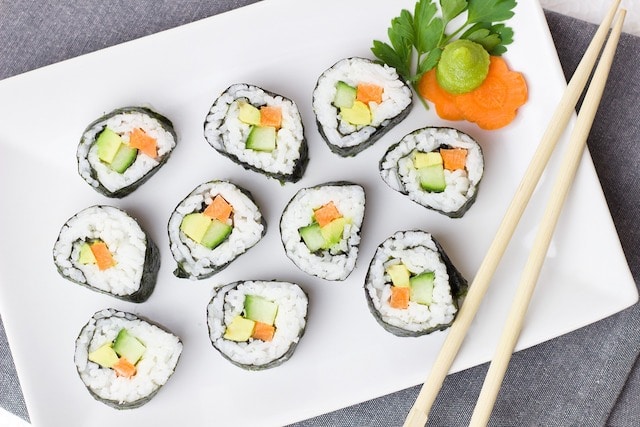
Let’s talk about sushi—that elegant, flavorful slice of ocean luxury people are willing to pay top dollar for, especially when they hear the word “fresh.” In fact, for many Americans, “fresh sushi” isn’t just a food choice—it’s a status symbol, an experience, even a mini escape to the coasts of Japan.
But here’s the twist that might just flip your chopsticks: if you live in the United States, chances are… you’ve never actually eaten fresh sushi. Not once.
And strangely enough? That’s a very good thing.
You see, U.S. food safety regulations require that all raw fish intended for sushi consumption be frozen at ultra-low temperatures before serving. This isn’t about preserving flavor—it’s about preventing something far worse than a mushy texture: parasites.
Specifically, we’re talking about Anisakis and similar lovely creatures that enjoy burrowing into the digestive tracts of unsuspecting humans. Sounds delicious, right? The deep freeze—typically to at least -4°F (-20°C) for seven days—kills these parasites effectively (FDA guidelines here). No freeze? No sushi license.
Ironically, places like Japan, where raw fish is often served without freezing, see far more cases of parasitic infections. And believe us when we say this isn’t just a minor stomach ache. These worms can latch onto your gut lining, steal your nutrients, and if left untreated, start causing serious internal damage. We’re talking about everything from malnutrition to intestinal blockages and worse.
5. The Hidden Pitfall: Gaming on a 4K Monitor Without a Robust GPU

In the ever – evolving world of technology, 4K resolution has emerged as the new frontier, at least until the more advanced 8K technology starts to gain significant traction. Currently, both 4K TVs and computer monitors are being aggressively marketed to early adopters. These enthusiasts are more than willing to pay a substantial premium to be among the first to experience the so – called next big thing in visual display.
The allure of 4K lies in its promise of an enhanced viewing experience. With its higher pixel density, it offers a crisper, more detailed, and truly immersive picture quality. Whether you’re watching your favorite TV shows or diving into the world of video games, the extra sharpness and clarity can be quite captivating. As a result, many consumers have eagerly embraced this new technology, upgrading their setups in pursuit of that superior visual feast.
For those who primarily use their screens for activities like watching TV shows or playing less graphically demanding video games, a 4K TV or monitor can be a great choice. The enhanced resolution can make even the most basic content look better, adding a touch of sophistication to your viewing or gaming sessions.
However, when it comes to high – end gaming, the situation takes a dramatic turn. If your goal is to use a 4K monitor to take your gaming experience to the next level, especially when playing modern, graphically intensive games, you’re going to need more than just a fancy monitor. You’ll need a graphics processing unit (GPU) that’s not only powerful but also quite expensive.
The concept of a “bottleneck” is crucial here. In the world of gaming, your entire setup is only as strong as its weakest link. Think of it like a chain; if one link is weak, it can hold back the entire chain’s performance. In the context of a gaming PC, if your GPU isn’t on par with the capabilities of your 4K monitor, it can cause a significant slowdown in the overall performance.
When you try to run high – end games on a 4K monitor without a powerful enough GPU, the result can be quite disappointing. Instead of the smooth, seamless gameplay you’d expect from a high – end setup, you’ll be faced with a stuttering, laggy experience. The once – fluid action will slow down to a crawl, making it feel like you’re watching a slideshow rather than playing an immersive game.
This is why it’s essential to consider the compatibility and balance of all the components in your gaming setup. A 4K monitor might seem like a great investment on its own, but without the proper backup in the form of a powerful GPU, it can quickly turn into a source of frustration rather than a source of pride.
4. Tide: The Unbelievable Truth About America’s Most Unexpected Black Market Currency
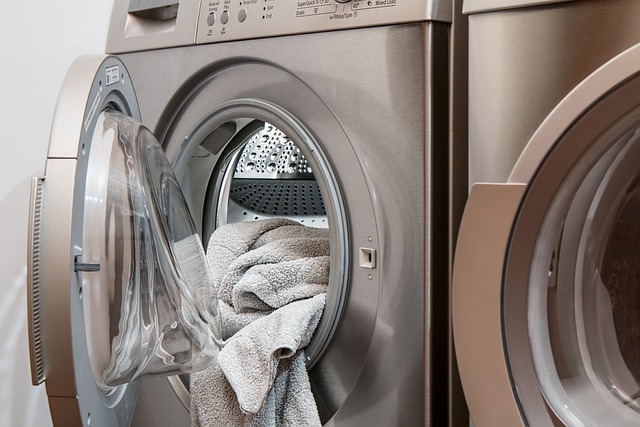
When you think of black market trade, you probably imagine shady deals involving drugs, luxury watches, or rare electronics—not laundry detergent. And yet, one specific brand has made waves far beyond the laundry room.
We’re talking about Tide—yes, that bright orange bottle of detergent sitting innocently in your cabinet. Over the years, Tide has become so recognizable, so dominant in American households, that for many people, it’s practically the default name for detergent. But here’s the wild part: in certain circles, it’s also street currency.
That’s right. Tide detergent has been stolen and traded on the black market, sometimes even used to barter for drugs or other illegal goods. It sounds absurd, but the logic behind it is shockingly sound.
Why Tide? Several reasons. First, everyone does laundry—it’s a product that’s always in demand. Second, Tide is expensive, with a fairly stable price point, making it a low-risk, high-reward item for thieves. It’s also non-traceable, meaning no serial numbers or tracking codes, and it doesn’t raise immediate suspicion. Having dozens of bottles in your home might look weird, but it’s not technically illegal (yet).
What’s more shocking is that this isn’t some old internet myth. Reports of Tide theft rings date back over a decade, and law enforcement officials in various U.S. cities have confirmed that this strange trend is very real. Even after a lull, incidents are creeping back up again—shoplifting reports involving Tide are appearing once more in headlines.
Tide isn’t just a brand; in certain underground economies, it became a form of unregulated, liquid gold. So next time you’re casually tossing that bottle into your shopping cart, remember—you’re holding one of America’s weirdest black market valuables.
3. The Surprising Truth: Wood Pulp in Common Products Like Shredded Cheese
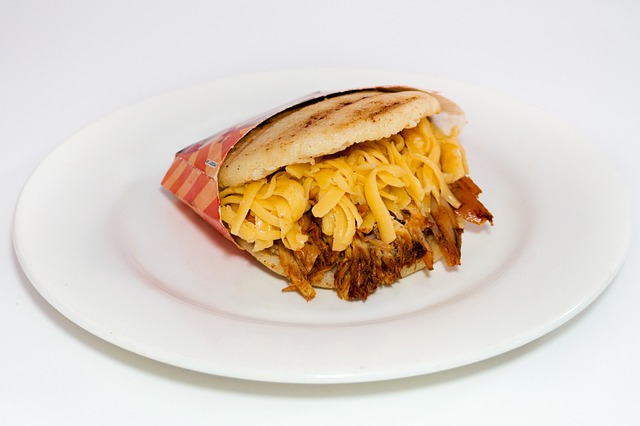
When we think about the things we put in our mouths, wood is usually the last thing that comes to mind. We associate it with furniture, construction, and all sorts of non – edible items. But here’s a shocker: if you’ve ever enjoyed shredded cheese, parmesan cheese, or a host of other products, you’ve unknowingly consumed wood pulp.
This might seem like a bizarre and concerning fact at first glance. After all, how can something as natural as food contain an ingredient that’s typically associated with the construction industry? Well, the truth is that the use of wood pulp in food is not only common but also considered perfectly safe by regulatory authorities.
In products like parmesan cheese, wood pulp, which is often referred to as cellulose or colloquially as sawdust, serves a specific purpose. It acts as an anti – caking agent. This means it helps prevent the cheese from clumping together, ensuring that it maintains its loose, shredded texture. However, in cheaper varieties of parmesan cheese, the amount of wood pulp used can be significantly higher. This is often done as a cost – cutting measure, allowing manufacturers to use less actual cheese while still maintaining the desired texture.
The story is similar when it comes to shredded cheese. Wood pulp is added to keep the cheese strands from sticking to each other, giving you that nice, fluffy texture that we’ve come to expect from shredded cheese. But its use doesn’t end there.
Wood pulp is also used as a source of fiber in some food products. Since it’s a fiber, it can help with digestion and keep things moving through your body. Some manufacturers take advantage of this property and add wood pulp to their products to boost the fiber content. You might have seen labels on food products that proudly proclaim “added fiber.” If you’ve ever wondered where that extra fiber could be coming from, there’s a good chance it’s wood pulp.
This practice of adding wood pulp to food has sparked some debate among consumers. While regulatory agencies deem it safe, some people are uncomfortable with the idea of consuming an ingredient that’s not traditionally associated with food. It also raises questions about transparency in labeling. After all, if you’re buying a product because it claims to have added fiber, you might assume that the fiber is coming from a more natural or recognizable source.
2. Truffle Oil Isn’t Real—And You Might Hate Actual Truffles Anyway
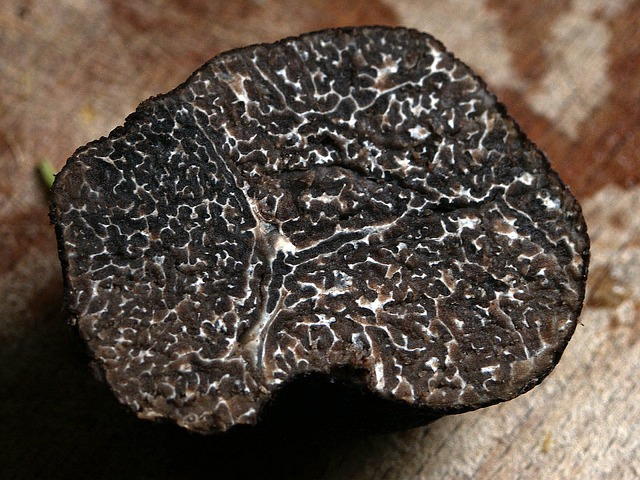
We often associate truffles with opulence, those elusive underground fungi that send foodies into a frenzy. Their rarity, dug up by specially trained pigs or dogs in the forests of Europe, has earned them a nearly mythical status in the culinary world. With prices reaching thousands of dollars per pound, truffles have become the edible equivalent of fine art—admired from a distance, out of reach for most.
That’s where truffle oil steps in, right? A drizzle of affordable luxury, a way to get that decadent flavor without taking out a second mortgage?
Not exactly.
The truth is, most truffle oil contains no actual truffles at all. What you’re tasting is a synthetic compound—2,4-dithiapentane—created in a lab to mimic the earthy aroma of real truffles. It’s a bit like how artificial vanilla mimics the real thing without ever coming close. And while it may smell fancy, the flavor is often overwhelming, even chemical-like to some palates.
But here’s the kicker: even if you could afford the real deal, there’s a chance you wouldn’t enjoy it anyway. The appreciation of true truffle flavor depends heavily on your ability to detect a particular compound—androstenone. People who can’t smell it often describe truffles as having a “musty” or even “sweaty” odor, rather than the rich, nutty scent truffle lovers rave about.
So yes, truffle oil might be a culinary impostor, but ironically, it could be saving you from an expensive disappointment. For some, the flavor is luxury on a plate; for others, it’s a pungent puzzle they’ll never solve.
Next time you’re offered truffle fries or a “luxurious” pasta dish, ask yourself: is this the real deal, or just a fragrant illusion? Either way, it’s one of those food facts that leaves you wondering what’s really behind the price tag.
1. The Bizarre Trend: Marketing Antihistamines as Sleep Aids

Have you ever wandered through the over – the – counter drug aisle in a US store and taken a closer look at the labels? If so, you’ve likely spotted Benadryl, also known by its generic name diphenhydramine, being sold under two seemingly different guises. It’s marketed both as an allergy medication and a sleep aid. But why is this the case?
Well, the reason lies in the nature of diphenhydramine itself. It belongs to a class of drugs called antihistamines, which are commonly used to combat allergies. However, many antihistamines, including diphenhydramine, also have anticholinergic properties. Anticholinergics work by blocking the transmission of acetylcholine in the brain. Acetylcholine is a crucial neurotransmitter that enables cells to send messages to one another and is fundamental for basic nerve function.
When it comes to allergies, this blocking action helps to reduce the symptoms by slowing down the body’s allergic response. But here’s where it gets strange. This same mechanism that helps with allergies is also what makes people feel drowsy. In essence, taking an anticholinergic like diphenhydramine is like telling your body to put on the brakes for many of its normal functions to stop those pesky allergic reactions.
Now, when it comes to using these drugs as sleep aids, many doctors are not on board. They argue that it’s a misuse of the medication. While diphenhydramine may make you feel sleepy, the quality of sleep it provides is often far from ideal. Instead of the restorative, deep sleep that our bodies need, it can lead to a more restless and disrupted night’s rest.
And it doesn’t stop there. In children, diphenhydramine can have the opposite effect of what’s intended. Instead of making them sleepy, it can cause hyperactivity. On top of that, even when taken as directed, it comes with a host of side effects. Dry mouth and dry eyes are common complaints, as the drug can reduce saliva and tear production. Constipation can also occur due to its impact on the digestive system. And then there’s disorientation, which can leave you feeling groggy and out of it during the day.
Perhaps the most concerning aspect is the long – term risk. Regular use of diphenhydramine has been linked to an increased risk of dementia. That’s a serious consequence for something that’s being marketed as a simple sleep solution.
If you’re really struggling to sleep, there are much better options out there. Melatonin, a hormone that regulates our sleep – wake cycles, is a natural and safer alternative. It can help to gently nudge your body into a more restful state without all the negative side effects associated with antihistamine – based sleep aids.





